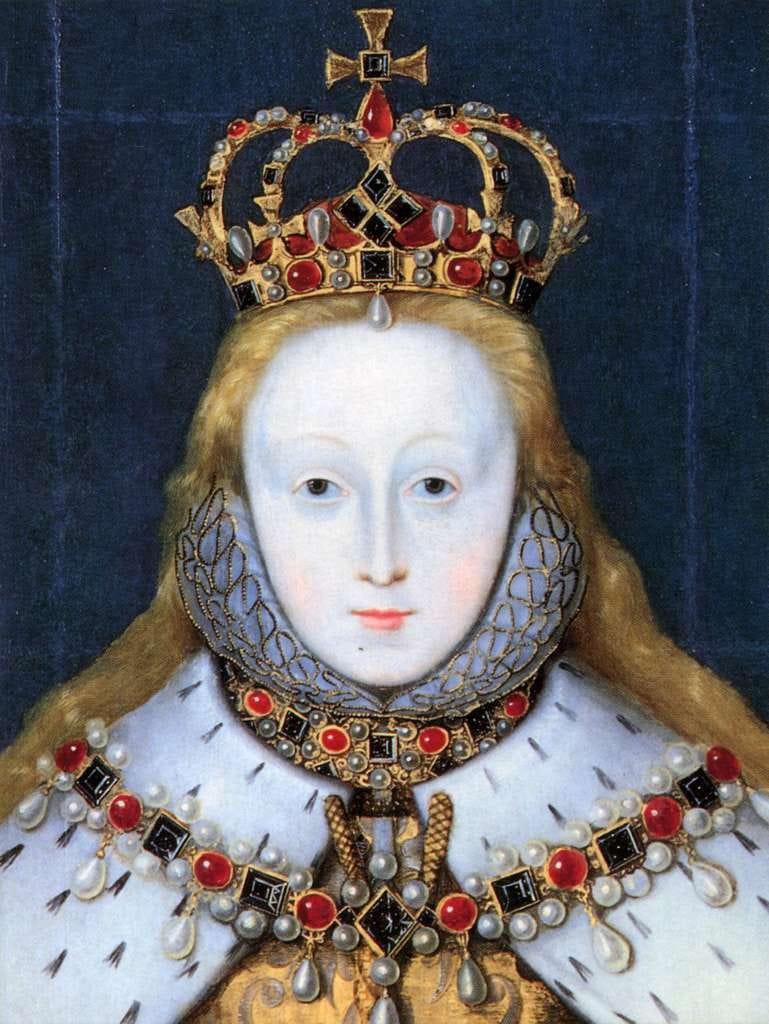Sir Francis Walsingham: Elizabeth I's Spymaster
Inside History takes a closer look at Elizabeth I chief spymaster, Sir Francis Walsingham, and how he went about uncovering plots against her.
Exiled in Switzerland, Francis Walsingham could only wait until it was safe to return to England. Due to his commitment to the Protestant faith, the reign of Mary I and her devotion to Catholicism meant it was no longer safe to stay. Thankfully for Walsingham, he wouldn’t have to wait too long as news soon spread across the continent that Mary had died. With no children to continue her own Catholic reformation, the throne would be passed on to her younger step-sister, Elizabeth. For Walsingham, it meant that he could return to England. After all, the new Queen was a fellow Protestant.
Upon his return, Walsingham would enter the world of politics first becoming a member of parliament and then catching the eye of one of Elizabeth’s closest allies, Sir William Cecil. In 1568, he would become the Secretary of State. Given the climate that Elizabeth had inherited, the Queen faced regular threats. The see-sawing of religious politics between Catholics and Protestants that preceded her had created these tensions. In the eyes of Catholics, she needed to be replaced. Walsingham was tasked not only to protect the Queen from these threats but also to uncover any that were in the making. Amassing his own network of spies, he would do just that.
Catholic conspirators had their favourite to take Elizabeth’s throne. Her catholic cousin, Mary Queen of Scots. Since her abdication of the Scottish throne and fleeing to England, she was imprisoned in England under the orders of Elizabeth. Her imprisonment would go on to be a threat to Elizabeth but also a chance for Walsingham’s newly established spy network to flourish.
Walsingham’s spy network not only covered the kingdom but also key areas across Europe. One of Walsingham’s spies in the French embassy uncovered correspondence relating to a plot to free Mary Queen of Scots from her house arrest with the aim to dethrone Elizabeth. Yet the plot was far more sophisticated.
The Throckmorton plot was backed by the Spanish who aimed to invade England. Led by the French Duke of Guise, who would lead a Catholic revolt and aimed to make himself king by marrying the freed Mary Queen of Scots.
The plot was named after Francis Throckmorton who was arrested by Walsingham. He acted as the messenger between Mary Queen of Scots, Thomas Morgan and the Spanish Ambassador, Bernardino de Mendoza. Despite being a minor player in the plot, Walsingham was able to gather more information, possibly through torture, from Throckmorton. Here he named the key players.
Mendoza was expelled from the country in January 1584. The punishment would have been more severe had it not been for diplomatic immunity. Others escaped fearing for their lives. However, Francis Throckmorton would face execution for his actions. For Walsingham and his spy network it was a massive success, but with Elizabeth refusing to execute Mary for her involvement in the plot, Walsingham’s spies would continue to be on guard.
Walsingham's network was proving to be effective. With eyes and ears across the court and in foreign embassies, he would be able to uncover numerous plots. However, he also had other weapons up his sleeve. The use of torture and interrogation may have led to the uncovering of the Throckmorton plot to gain the valuable evidence that he needed but the plotters aimed to stay a step ahead of Walsingham's feared secret service.
Walsingham soon gathered more experts to service. With a network of eyes and ears now firmly established he would turn his attention to invisible inks and ciphers that were now being used by the enemy.
It would not take long until he had the opportunity to use his new set of experts. Once again, Mary Queen of Scots would be at the centre.
The Babbington plot might be the most famous of all the plots foiled by Walsingham. There is a good reason for this. It was here where all of his methods as a spymaster were used to maximum effect.
The spymaster had Mary Queen of Scots under constant surveillance following the aftermath of the Throckmorton plot. She had also had her mail cut off for almost a year. However, Walsingham allowed the mail to return. The trap was already being set.
Anthony Babbington had been recruited to the Catholic cause in France. As with the Throckmorton plot, it was also a plot to remove the Queen and replace her with Mary. This time though, correspondence with Mary would be conducted with a series of ciphered letters.
Thomas Phelippes was the expert used to decipher the codes used in the letters. He was secretly moved to Mary's house imprisonment to see what was happening but could also to try and decipher messages on the spot.
Once the plot was beginning to be uncovered. Walsingham began to intercept the mail and writing back to Mary using the cipher. Mary's continued participation in the plot was enough for Walsingham. We all know what happened next. This time Mary would be executed.
The plot would forever cement Walsingham's place in history as Elizabeth's spymaster. He would be a hard act to following his death in 1590. However, Elizabeth now knew the importance of her espionage agency and it was something that she would continue to use. She would even remind her subjects exactly who was in charge with a series of portraits. Portraits that remind them all that her presence was everywhere. For those in the Elizabethian court, it was their first encounter with a Big Brother style of surveillance.





Interesting article.